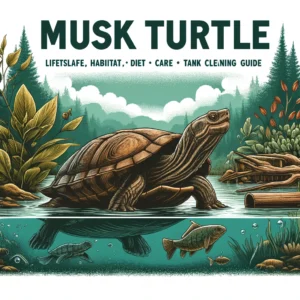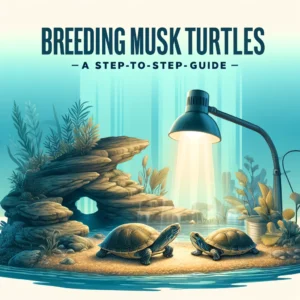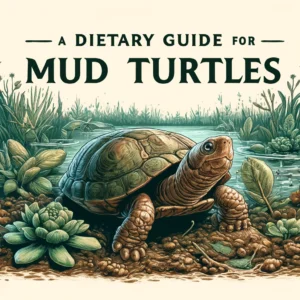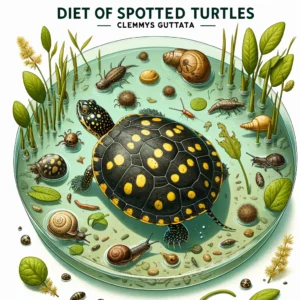Traveling internationally with turtles involves meticulous preparation and adherence to specific regulations which vary from one country to another. Whether you are moving, going on vacation, or rehoming a turtle overseas, understanding these requirements is crucial. This guide outlines the key considerations and steps to prepare for international turtle travel, including documentation, health checks, and customs protocols.
Understanding Basic Requirements
Before planning your journey, familiarize yourself with the basic necessities:
- CITES Permit: Turtles are often protected under the CITES (Convention on International Trade in Endangered Species of Wild Fauna and Flora) agreement, necessitating a permit to travel across international borders.
- Health Certificate: A veterinary health certificate confirming the turtle is free from diseases is usually required.
- Microchip: Some countries require microchipping for identification purposes.
- Export and Import Permits: You may need specific permits from both the exporting and importing countries’ wildlife protection agencies.
Country-Specific Regulations
Traveling internationally with a turtle can be complex due to the varied and stringent regulations set by different countries. Below is a detailed look at the country-specific regulations for the top 20 destinations that are popular among pet owners who travel with turtles.
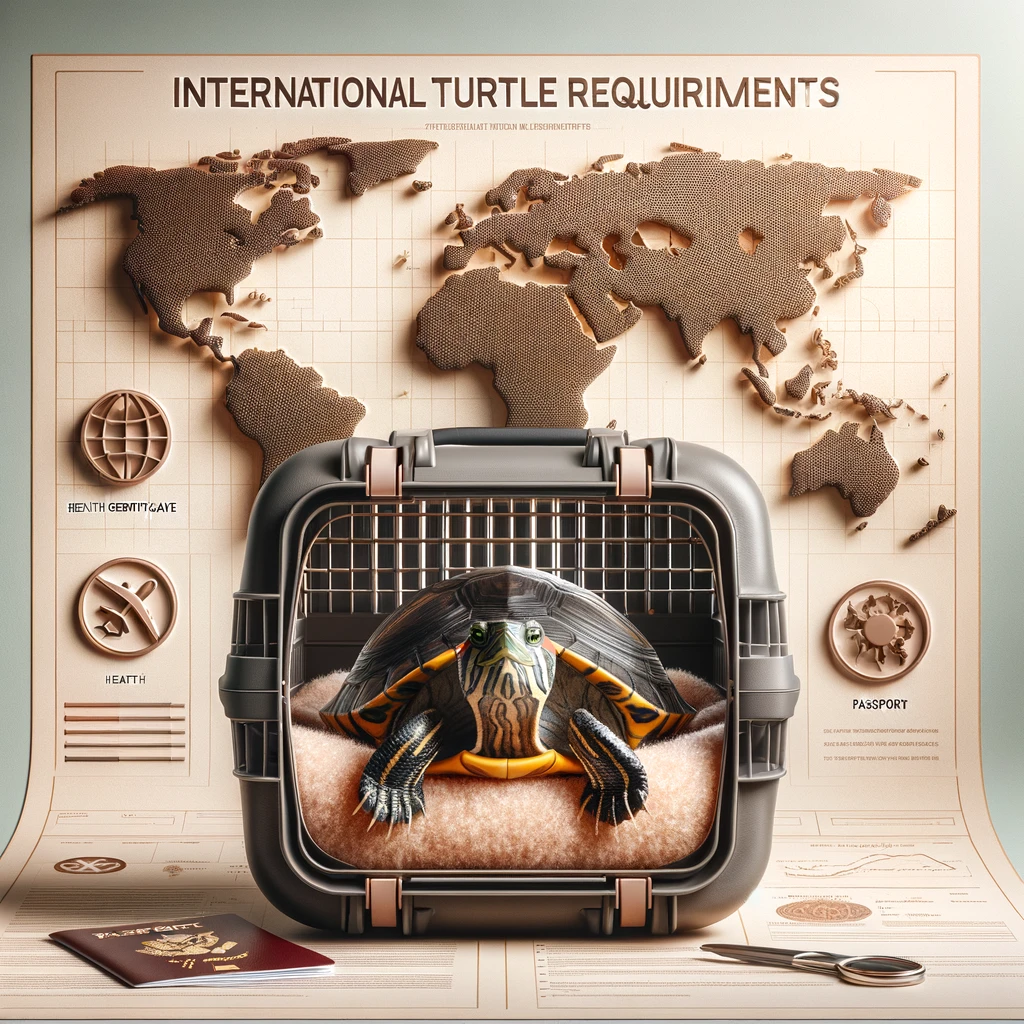
Top 20 Countries: Turtle Travel Regulations
1. United States
- CITES Permit: Required for all turtle species covered under CITES.
- Health Certificate: Required, issued within 30 days of entry.
- Quarantine: Not usually required but subject to inspection.
- Additional Notes: Sale of small turtles (under 4 inches) is prohibited.
2. Canada
- CITES Permit: Required for CITES-listed species.
- Health Certificate: Required, must be recent.
- Quarantine: Subject to inspection, quarantine not generally required.
- Additional Notes: Certain species may be restricted under provincial laws.
3. United Kingdom
- CITES Permit: Mandatory for all CITES-listed turtles.
- Microchip: Required if the turtle does not have unique markings.
- Health Certificate: Required, to be issued within 5 days before travel.
- Quarantine: Not required.
4. Australia
- CITES Permit: Required.
- Health Certificate: Mandatory.
- Quarantine: All turtles must undergo a quarantine of at least 30 days.
- Import Permit: Required, needs approval prior to travel.
5. New Zealand
- CITES Permit: Essential for all CITES-listed species.
- Health Certificate: Necessary, along with veterinary checks.
- Quarantine: Minimum of 10 days required.
- Import Permit: Mandatory.
6. Germany
- CITES Permit: Required for relevant species.
- Health Certificate: Needed, issued within 14 days of travel.
- Quarantine: Generally not required, subject to inspection.
- Microchip: Recommended for identification purposes.
7. France
- CITES Permit: Required for CITES-listed turtles.
- Health Certificate: Mandatory, recent within 5 days.
- Quarantine: Not required for turtles.
- Microchip: Required.
8. Italy
- CITES Permit: Mandatory.
- Health Certificate: Required, issued shortly before travel.
- Quarantine: No quarantine required, but subject to veterinary inspection.
- Microchip: Recommended.
9. Spain
- CITES Permit: Required for CITES-listed species.
- Health Certificate: Mandatory.
- Quarantine: Not required.
- Microchip: Not mandatory but recommended.
10. Japan
- CITES Permit: Required for all CITES-listed turtles.
- Health Certificate: Mandatory, within 10 days of travel.
- Quarantine: Yes, typically around 17 days.
- Import Notification: Required 40 days prior to arrival.
11. South Korea
- CITES Permit: Required.
- Health Certificate: Mandatory, must be detailed.
- Quarantine: Required, length varies.
- Import Report: Necessary on arrival.
12. Switzerland
- CITES Permit: Required for listed species.
- Health Certificate: Mandatory.
- Quarantine: Generally not required, but inspection mandatory.
- Microchip: Recommended.

13. Netherlands
- CITES Permit: Mandatory for all relevant turtle species.
- Health Certificate: Required.
- Quarantine: Not generally required.
- Microchip: Recommended for all pet turtles.
14. Belgium
- CITES Permit: Required for listed species.
- Health Certificate: Mandatory, within 5 days of travel.
- Quarantine: Not required.
- Microchip: Recommended.
15. Sweden
- CITES Permit: Mandatory.
- Health Certificate: Required.
- Quarantine: No quarantine required.
- Microchip: Not mandatory but recommended.
16. Norway
- CITES Permit: Required for CITES-listed species.
- Health Certificate: Mandatory.
- Quarantine: Not required.
- Microchip: Recommended.
17. Denmark
- CITES Permit: Required.
- Health Certificate: Mandatory, within 10 days of entry.
- Quarantine: Not required.
- Microchip: Recommended.
18. Austria
- CITES Permit: Required for all CITES-listed species.
- Health Certificate: Mandatory, issued within a specific time frame.
- Quarantine: Not required.
- Microchip: Not mandatory but recommended.
19. Finland
- CITES Permit: Required.
- Health Certificate: Mandatory, issued close to the date of travel.
- Quarantine: Not required.
- Microchip: Recommended.
20. Ireland
- CITES Permit: Required for all CITES-listed species.
- Health Certificate: Required, must be detailed and recent.
- Quarantine: Not required.
- Microchip: Not mandatory but recommended.
Key Considerations
When planning to travel internationally with a turtle, it’s essential to:
- Plan Ahead: Obtaining permits and health certificates can take longer than expected.
- Check Specifics: Always verify the current regulations with the official animal control or wildlife authority of the destination country.
- Prepare Properly: Ensure your turtle is healthy and accustomed to its travel container well in advance to minimize stress.
By carefully preparing and complying with international and country-specific regulations, you can ensure a safe and legal journey for your pet turtle.
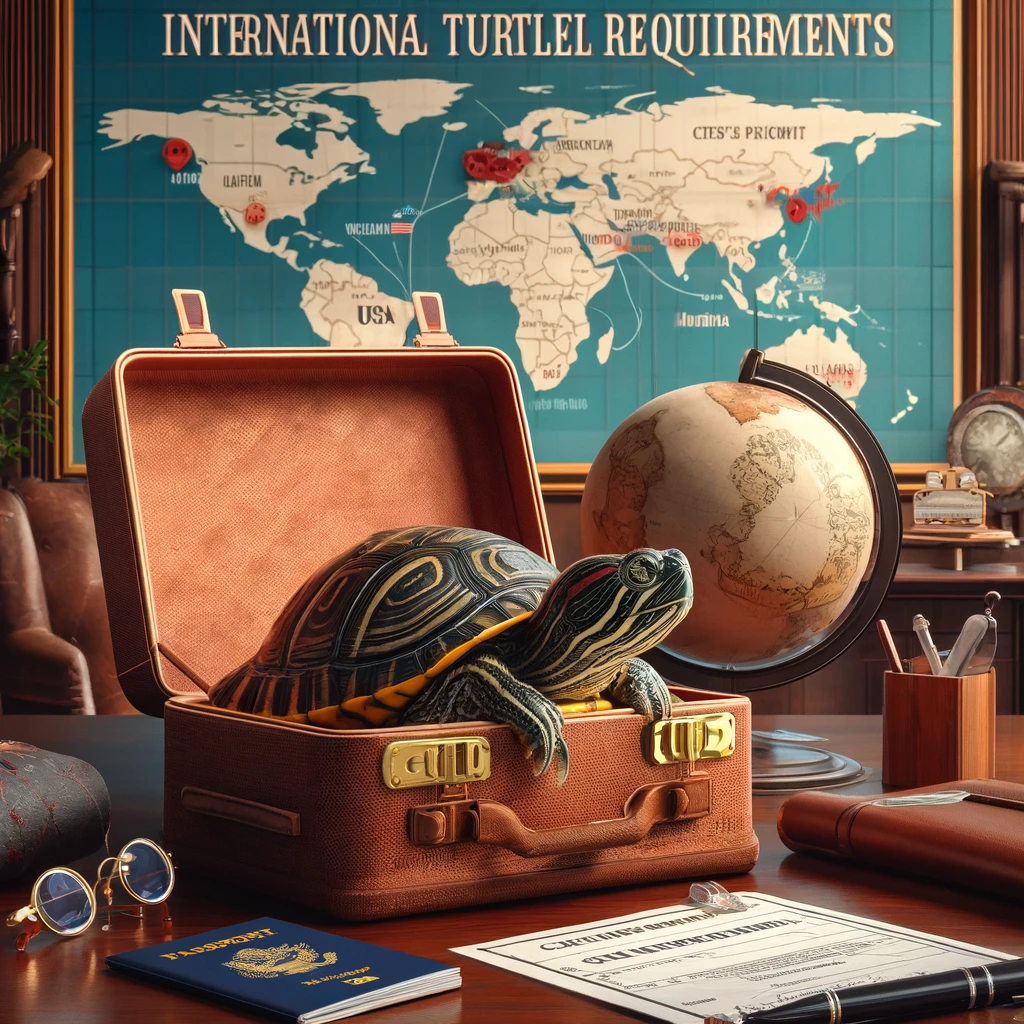
Preparing Your Turtle for Travel
Health and Comfort
- Veterinary Visit: Schedule a check-up to ensure your turtle is healthy and obtain the necessary vaccinations (if applicable) and treatments.
- Acclimation: Help your turtle get accustomed to the travel container well before departure to minimize stress.
- Feeding: Feed your turtle a substantial meal a few days before travel since you should not feed it 24 hours prior to and during the journey to avoid health issues.
Travel Container
- Size and Ventilation: The container should be spacious enough for the turtle to turn around and should have sufficient ventilation.
- Waterproof Bottom: Ensure the container’s bottom is waterproof and absorbent material is used to line it.
- Secure Lid: The lid must be secure to prevent escape but with adequate air holes.
Documentation and Legal Considerations
- CITES Documentation: Verify that you have all required CITES documentation. This process can be lengthy, often requiring several months to complete.
- Health Certificates and Inspections: Typically, you must show proof of a veterinary inspection close to the date of travel.
- Customs Clearance: Upon arrival, you may need to clear customs where your turtle’s documentation will be checked thoroughly.
Practical Tips for a Smooth Journey
- Check Airline Policies: Contact the airline in advance to understand their specific policies regarding turtle travel.
- Direct Flights: Opt for direct flights to reduce travel time and stress on your turtle.
- Climate Considerations: Ensure that any layovers are in climate-controlled areas to keep the turtle comfortable.
- Legal Compliance: Double-check that you are in compliance with both export and import laws, which may include inspections by wildlife officers.
FAQs:
Traveling internationally with a turtle involves navigating complex legal and health-related procedures. Below are some frequently asked questions that will help simplify the process for turtle owners looking to travel abroad with their pets.
1. Do I need a CITES permit to travel internationally with my turtle?
- Answer: Yes, for most turtle species, a CITES (Convention on International Trade in Endangered Species) permit is required to legally cross international borders. This is especially true for species that are endangered and protected under international laws.
2. What documents are required when traveling with a turtle?
- Answer:
- CITES Permit: If applicable, to show that the turtle is traded legally.
- Health Certificate: Issued by a veterinarian, confirming the turtle is free of diseases.
- Export/Import Permits: Depending on the country, these may be required on both ends of the journey.
3. How do I apply for a CITES permit?
- Answer: You must apply through the national authority responsible for CITES implementation in your country. This typically involves providing detailed information about your pet and its health, along with a justification for the export or import.
4. Are there specific carriers or containers recommended for transporting turtles?
- Answer: Yes, the travel container must be sturdy, escape-proof, and have proper ventilation. The size should be adequate for the turtle to move around slightly. It should also be capable of retaining moisture, as some turtles require a humid environment.
5. Can my turtle be taken into the cabin with me on a flight?
- Answer: This depends on the airline’s policies; many airlines do not allow turtles in the cabin. Typically, turtles must travel in the cargo hold in an appropriately regulated environment.
6. What are the quarantine requirements for turtles?
- Answer: Quarantine regulations vary by country. Some countries, like Australia, require a quarantine period for turtles under biosecurity controls to prevent the spread of diseases.
7. How do I ensure my turtle’s health during and after the flight?
- Answer:
- Before the Flight: Consult with a veterinarian to ensure your turtle is healthy enough to travel.
- During the Flight: Ensure the carrier is humid enough and that the temperature does not fluctuate widely.
- After the Flight: Monitor your turtle for signs of stress or illness and consult a vet if necessary.
8. What should I feed my turtle during travel?
- Answer: It’s best not to feed your turtle during travel to prevent health issues. Hydration is necessary, however, so ensure your turtle has access to water if the journey is long.
9. How long does it take to get all the required permits and health certificates?
- Answer: It can take several weeks to several months to obtain all necessary documentation, especially the CITES permit, which can be a lengthy process. Start preparing well in advance of your travel date.
Conclusion
Traveling internationally with a turtle requires thorough preparation, from securing the right documentation to ensuring the travel container is appropriately outfitted. Understanding and complying with the destination country’s specific entry requirements will help facilitate a smooth journey. Always plan well in advance and consult with a vet and legal expert specializing in wildlife conservation laws to ensure all aspects of international travel are covered comprehensively. This not only protects you from legal repercussions but also ensures the welfare of your pet turtle.

Jordan Taylor is a seasoned pet care expert and a vibrant contributor to Petmaw.com. With over a decade of experience in veterinary science, Jordan brings a wealth of knowledge and a deep passion for animals to every article. After earning a degree in Veterinary Medicine from the University of Alaska Anchorage, Jordan spent several years working in a busy veterinary clinic, where they honed their skills in pet nutrition, behavior, and wellness.
Jordan’s love for animals isn’t just professional; it’s a fundamental part of their life. Home is shared with three rescue Sloth, two cats, and a small flock of backyard chickens, each with their own rescue story and special place in Jordan’s heart. This personal connection to animals shines through in Jordan’s writing, making their advice not only expert but also empathetic and practical for pet owners.
At Petmaw.com, Jordan is dedicated to providing pet owners with the latest research, trends, and tips in pet care, from innovative feeding strategies to understanding the subtle signs of pet health issues. Whether you’re a seasoned pet owner or new to the pet parenting world, Jordan’s insights aim to enhance the well-being of pets and deepen the human-animal bond.
In their spare time, Jordan is an avid hiker, often found exploring the trails with their dogs. They also volunteer at local animal shelters, offering their expertise and helping animals in need find forever homes. Jordan’s commitment to animal welfare and passion for sharing knowledge makes them a cherished member of the Petmaw.com family and a trusted guide for our readers.
